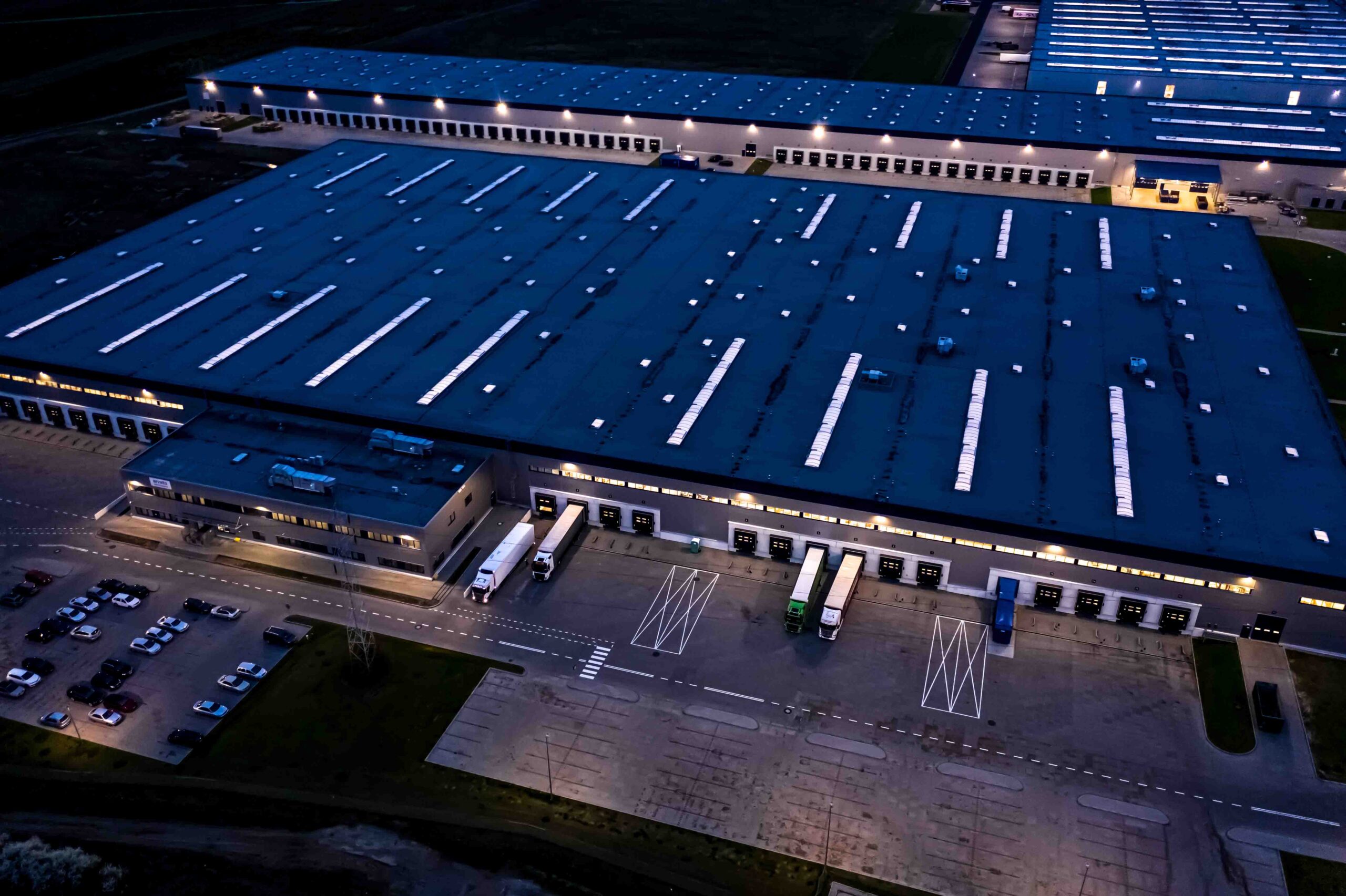The Calastone Connect Forum briefing in London – held on February 21, 2018 – is the first in a series of events this year looking at some of the most important issues facing the global funds industry.
The funds world has a unique opportunity to modernise and evolve today’s outdated business models through the introduction of new blockchain technology. To take full advantage, it is essential that managers and their providers invest resources into understanding how blockchain works, with a view to one day incorporating it into their business strategies.
Proof of Concepts (PoCs) have tested blockchain’s applicability across many unique fields, and I listened to several industry-leading experts at the recent Calastone Connect Forum explain how the technology will leave a huge imprint on the existing fund distribution model.
The funds industry: rooting out inefficiencies
Numerous operational processes underpinning the $84.9 trillion global asset management industry are in a state of stasis and have been so for more than 20 years. Fund transactions still take several days to settle, mainly because the mechanics behind it continue to be manual, although improvements have been made as a result of automation.
Despite these efforts, inefficiencies are visible, for example in client on-boarding, fuelled in part by the complexities embedded in KYC and AML checks. With so many participants in the distribution chain, each using their own proprietary systems, duplication and mistakes around reconciliations become unavoidable. These shortcomings do not complement the client experience, and risk putting the funds industry at a competitive disadvantage in an increasingly tech-savvy and disruptive marketplace.
Inefficiencies in distribution add to the frictional costs of trading, estimated by Deloitte to be around 1.3 billion euros in Luxembourg alone(1), at a time when the funds industry is facing growing margin constraints. Regulation has increased the costs of doing business and it has corresponded with a period of unrelenting pressure on fees by investors and low returns. Furthermore, active managers are being undercut on pricing by better performing ETFs and index trackers.
Delivering operational alpha
Blockchain has the potential to trim costs in the fragmented fund distribution chain. Through the establishment of a mutualised infrastructure supporting distribution, Vince Lucey, MD of Innovation at Calastone, estimated up to 70% of the costs associated with traditional distribution methods could be eliminated, which translates to approximately £1.9 billion in savings. This will complement the £458 million in cost savings that Calastone has already generated for the mutual funds industry through automation initiatives. (2)
Calastone is taking a lead and will migrate the technology behind its Transaction Network (CTN) onto a private and permissioned distributed market infrastructure (DMI) supported by blockchain in 2019 following its successful POC in 2017, said Campbell Brierley, chief innovation officer at Calastone, speaking at the Connect Forum. The CTN comprises 1,400 organisations across 35 markets processing over £85 billion of trades and sending seven million messages per month. One of most interesting moments at the Connect Forum for myself and the audience was the live demonstration of Calastone’s DMI in action, provided by Lucey.
“DMI is immutable, fully scalable and provides a single version of the truth, while smart contracts are used to automate and amend trading processes when necessary. As it is fully distributed, there is no single point of failure on the network which is crucial for a critical market infrastructure,” highlighted Lucey. I anticipate the enablement of a single source of truth and real-time visibility into order flows will put an end to duplication, mistakes and reconciliations in transactional processes while simultaneously expediting AML and KYC.
A fully automated distribution life-cycle will augment user-experiences. “In addition to bringing cost savings, it will allow the funds industry to change their business processes and dramatically improve the experiences customers have when purchasing funds,” added Lucey. Through a DMI, I am adamant that traditional fund managers will be able to become more competitive in a market where ETFs and index trackers are winning share.
The incorporation of a DMI into the funds ecosystem will help the industry manage digital change, like the emergence of robo-advisors. Robo-advisors are winning more retail investor clients as they are accessible online, cheap and easy to navigate, but legacy issues still remain in the existing distribution infrastructure. I fear that efficiencies through robo-advisory solutions will not be realised if the transactional processes continue to run off antiquated systems.
Managing the challenges
The facilitation of industry-wide cultural change will create a fertile ground for blockchain cooperation across different and competing stakeholders. “Collaboration around blockchain will be critical moving forward. If there is no collaboration, the real risk is that several versions of blockchain infrastructure will appear, which is self-defeating,” said Ross Paterson, head of operations at Hargreaves Landsdown, speaking at the Calastone Connect Forum. Such an outcome would be contrary to industry-wide standardisation and interoperability objectives, and may end up amplifying existing inefficiencies on blockchain.
Industry unanimity will also be important when determining which blockchain protocol to adopt moving forward. Brierley acknowledged firms needed to be agnostic about blockchain protocols until the situation became clearer.
Blockchain transitions cannot be rushed, but must be managed systematically. “Moving an entire industry like mutual funds onto a blockchain is a migration and not a big bang. Firstly, there needs to be a technical migration, so as to cater to organisations which have different systems and platforms. Using the Calastone Connector and robust APIs, clients do not need to make changes to their internal systems to use the DMI, nor do they have to wait until there is a critical mass of other firms before they migrate,” said Lucey.
He continued: “The DMI is being implemented in a way that supports existing processes such as the IUH chain and T+3/T+4 settlement cycles. Firms will ultimately be able to change their way of business over time in a carefully controlled environment.”
The future of DMI
Blockchain will alter the way mutual funds are distributed, and it will force all participants in the transaction chain to evolve, but change must be client-led. It is clear to me that as funds transactional costs decline, the industry will become more competitive and investors better off.
(1) Deloitte – Europe’s fund expenses at a crossroads: The benefits of mutualizing the cost of distribution
(2) Forrester – The Total Economic Impact of Calastone on the global mutual funds market




















